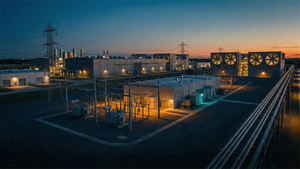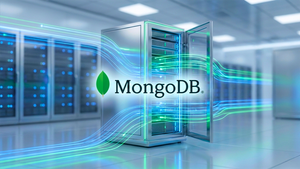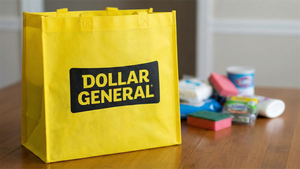DENVER, Sept. 25, 2025 (GLOBE NEWSWIRE) -- Consumer demand for products like cheese, butter and yogurt that rely on protein and butterfat content continues to drive dairy sales growth in the U.S. and abroad. Over the past decade, milk delivered to U.S. dairy processing plants has become more nutrient-dense with higher levels of the two key components to meet rising demand. However, the pace of growth in butterfat content has far exceeded protein, which creates challenges for U.S. cheddar and American-style cheesemakers that rely on a more balanced ratio of the two.
According to a new report from CoBank’s Knowledge Exchange, excessive butterfat levels can impact cheese quality. In the EU and New Zealand, the two largest dairy exporters, the protein-to-fat ratio has remained far steadier, averting the issues U.S. cheese makers are facing.
“U.S. dairy producers did an exceptional job increasing butterfat levels in milk to meet demand,” said Corey Geiger, lead dairy economist at CoBank. “For 10 years, the market couldn’t supply enough of it, and now there’s an oversupply – it’s almost too much of a good thing. Cheesemakers strive for a protein-to-fat ratio near 0.80. Anything significantly lower than that can reduce cheese quality and compromise production yields.”
In recent years, butterfat percentages in U.S. milk have been increasing at twice the pace of protein. From 2000 to 2017, the protein-to-fat ratio held rather constant at 0.82 to 0.84. In the ensuing years, the ratio gradually slipped to 0.77. That is increasingly a concern for cheesemakers as more than one-half of the U.S. milk supply is destined for cheese production.
The disproportionate growth of butterfat in relation to protein in U.S. milk when compared to the EU and New Zealand could put U.S. cheesemakers at a competitive disadvantage. The EU is the world’s largest dairy exporter, followed by New Zealand. The U.S. is the third largest exporter of dairy products and ingredients. Unlike America’s global competitors, domestic cheese processors face added costs for rebalancing their milk supplies, which reduces efficiency and could ultimately impact pricing at the farmgate.
Geiger said U.S. cheddar cheesemakers face a growing need to standardize milk either by adding a source of protein like milk protein concentrate or by pulling excess butterfat out. “If cheddar makers don’t standardize inbound milk, fat levels may climb too high and cheese quality could decline as higher fat generally yields a softer cheese,” said Geiger.
In the U.S., Multiple Component Pricing has incentivized butterfat and protein production. From 2000 to 2014, the protein price exceeded butterfat, resulting in rather equal growth between the two components. However, butterfat pay prices exceeded protein prices in eight of the past 10 years. That fueled the butterfat boom, which producers achieved through animal genetics and feeding strategies. Those practices could be shifted to achieve a greater balance between butterfat and protein if the proper price incentives are in place.
Cheese yield pricing could also give farmers incentives to produce milk with a higher protein-to-fat ratio. Geiger said looking to the future, farmgate milk needs to have a protein-to-fat ratio more in line with how milk is utilized to make the entire industry more efficient.
“Regardless of the current challenges associated with excess butterfat, most signals continue to point upward for milk component demand. That represents an opportunity for dairy farmers to produce more milk components so dairy processors can fulfill demand in both domestic and global markets. And advances in research and efficiency are among several reasons the U.S. dairy industry remains on a strong growth trajectory with $10 billion in dairy plant investment coming online through 2028.”
Watch a video synopsis and read the report, While U.S. Leads Milk Component Growth, Butterfat May Be Growing Too Fast.
About CoBank
CoBank is a cooperative bank serving vital industries across rural America. The bank provides loans, leases, export financing and other financial services to agribusinesses and rural power, water and communications providers in all 50 states. The bank also provides wholesale loans and other financial services to affiliated Farm Credit associations serving more than 78,000 farmers, ranchers and other rural borrowers in 23 states around the country. CoBank is a member of the Farm Credit System, a nationwide network of banks and retail lending associations chartered to support the borrowing needs of U.S. agriculture, rural infrastructure and rural communities. Headquartered outside Denver, Colorado, CoBank serves customers from regional banking centers across the U.S. and also maintains an international representative office in Singapore.

Corporate Communications CoBank 800-542-8072 news@cobank.com





